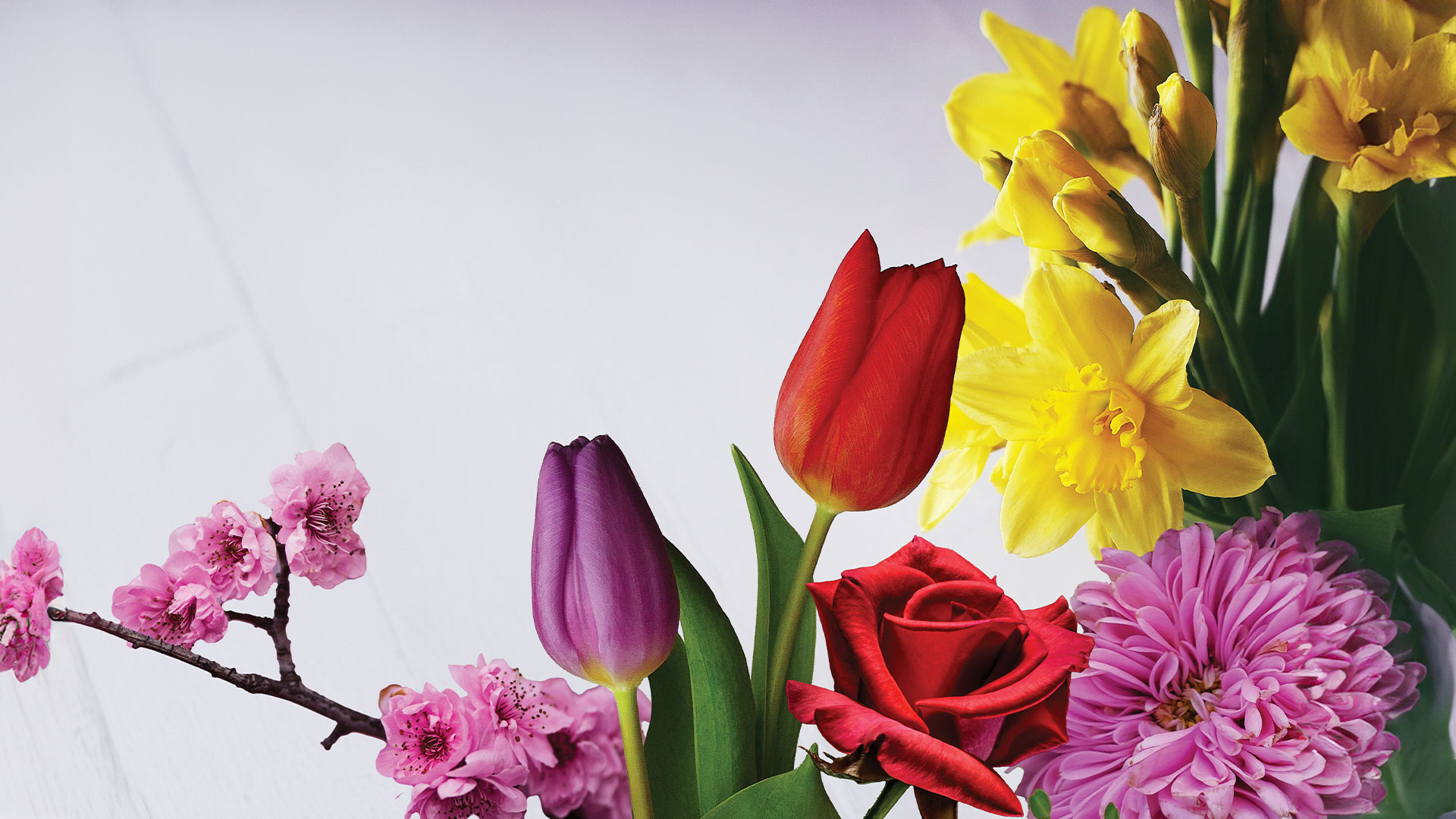
Flower Power: Striking national posies can instil a strong sense of cultural pride
Colourful flowers enrich our lives with their mesmerising beauty and charm and have an amazing ability to lift the spirits on all occasions. Through the ages, these masterpieces of creation have inspired great works of art, acting as metaphors for the meaning of life itself, and decorated literature with wondrous wordplay. Among their fragrant appeal, they can serve as symbols of cultural identity displayed with pride. Here, we smell the roses and other national flowers with interesting stories to tell.
Yellow wales
The daffodil has been the symbol of national identity in Wales since the 19th century, and was especially visible in the time of David Lloyd George, the only Welsh Prime Minister of the UK (1916-22). The politician would often go to events wearing a daffodil, especially around 1 March, which is St David’s Day, the National Day of Wales. He also wrote newspaper articles promoting the daffodil and detailing why the yellow bloom should be used to unite the country.
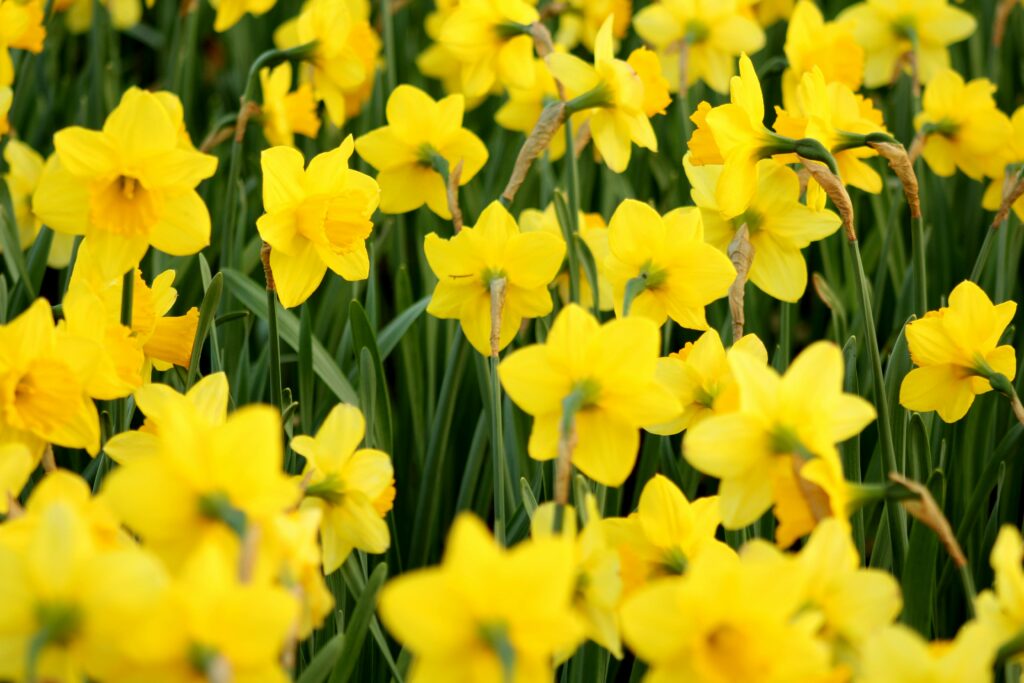
A spokesperson for the National Museum of Wales relates in a BBC podcast why the daffodil, the bright trumpet of spring in many countries, became such an important symbol for Wales as the former principality sought to retain its identity in the 1800s: “There was a real sense of urgency that [Welsh] histories and culture were going to be lost and because of this desperation, a lot of what was told and written was actually invented. The daffodil became one of the symbols that was invented as a signifier of Welshness and what made Wales different to England and other countries of the United Kingdom.”
Leek out
It was the leek which had been the national emblem of Wales for hundreds of years. Indeed, legend has it that David, the patron saint of Wales, ordered his soldiers to identify themselves in a sixth-century battle against the Saxons – which happened to take place in a leek field – by wearing the plant on their helmets. The leek and the daffodil in the Welsh language share the name ‘cenhinen’ – the daffodil is ‘cenhinen pedr’, Peter’s leek in Welsh. The daffodil emerged the stronger from this semantic confusion as a more potent symbol of Welsh identity.
The leek was given short shrift in the 19th-century cultural revival in Wales, and according to the National Museum of Wales spokesperson, by 1858 the daffodil had superseded it as the national symbol. She notes the existence in the museum of a triple harp, made in that year by Bassett Jones, with a daffodil carving, signifying the importance of the flower to the Welsh people. Another similarly extravagant harp from Jones dated 10 years earlier has no sign of a daffodil.
Narcissist tendencies
The beauty and vanity associated with daffodils – as mentioned, Lloyd George would regularly pin one on his button hole – is fitting as the Latin name for daffodil is narcissus. In Greek mythology, Narcissus fell in love with his own reflection and pined away, while Persephone, the queen of the underworld, found the daffodil more beautiful than any bloom she had ever seen. They are currently harvested in the Welsh mountains for galantamine, a compound in the bulb used in the treatment of Alzheimer’s disease.
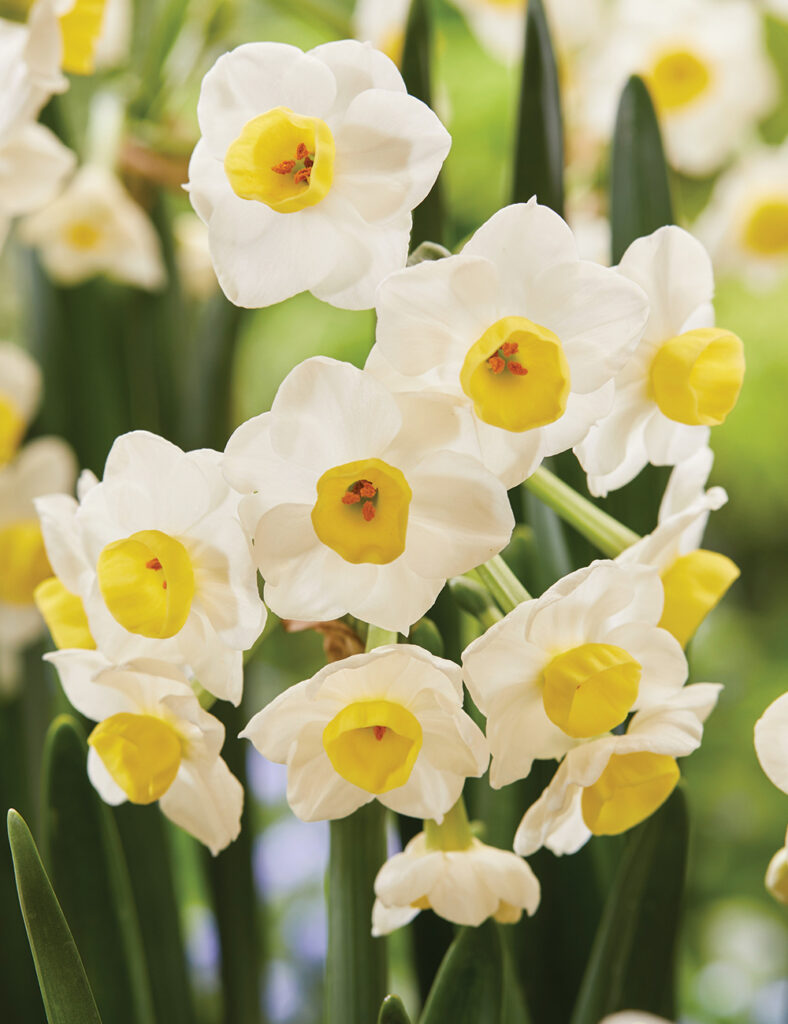
Many botanists believe Spain was the epicentre of the genus narcissist and from there it spread along the Mediterranean and beyond, although there are question marks surrounding the route of travel. Narcissus tasseta, known as the Chinese sacred lily but actually a type of daffodil, symbolises good fortune in China, and is commonly used in New Year celebrations. The Japanese believe the daffodil brings joy and mirth.
Cherry and gold
While Japan has no official national flower, the sakura, or cherry blossom, is a cultural phenomenon in the country. Symbolising the transient nature of life, its fleeting beauty is celebrated annually with hanami (flower-viewing) festivals, where families gather under blooming trees to appreciate the petals’ momentary splendour.
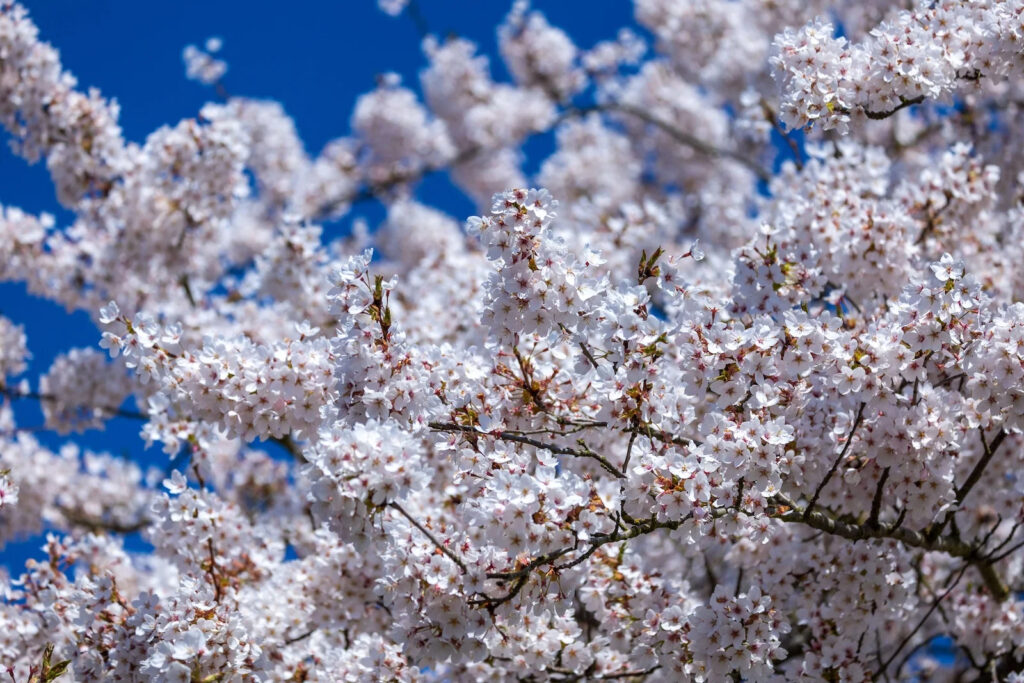
The chrysanthemum is the other important flower in Japan. Derived from the Greek name, krus anthemon, meaning ‘gold flower’, it symbolises longevity and rejuvenation; a 16-petalled chrysanthemum is the Japanese imperial crest.
Name of the rose
Roses have been the focus of song, literature, art and legend for centuries across many cultures. The woody perennial’s powerful symbolism perhaps lies in its mutability – it has been a signifier of everything from sex to socialism, and romance to religious belief. It inspired some remarkable Persian poetry and even the first punk rock single in the UK – New Rose (1976) by The Damned.
Shakespeare penned the verse “A rose by any other name would smell as sweet” in Romeo and Juliet, while Othello, in his murderous rage, cries: “When I have plucked the rose, I cannot give it vital growth again: It needs must whither, I’ll smell thee on the tree.”
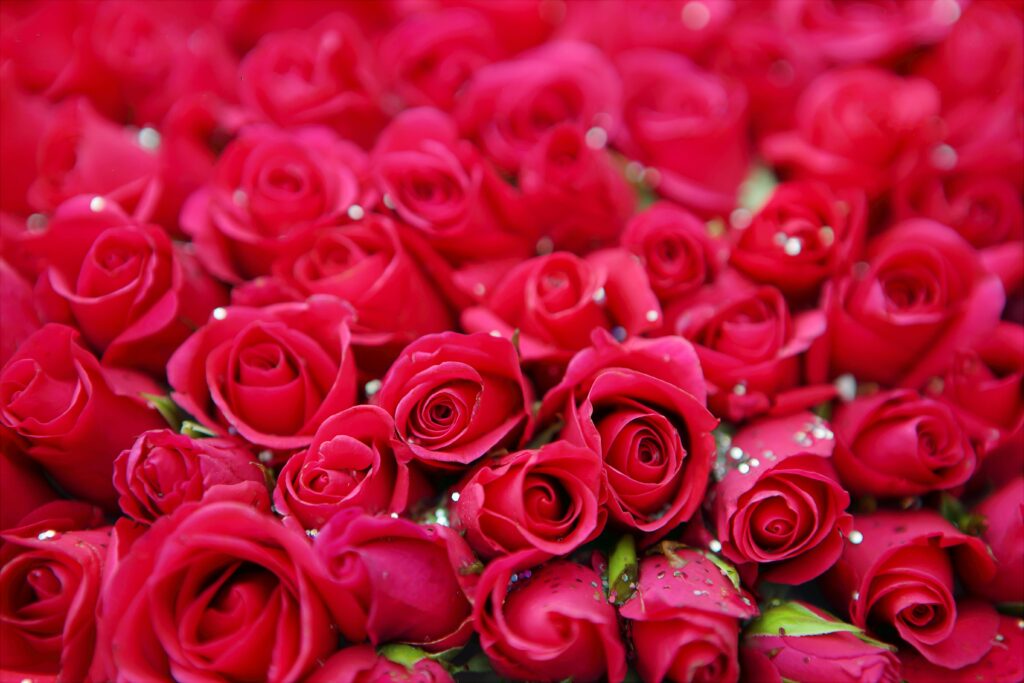
Although the rose is often associated with England, it is a truly global flower. Most of the cultivated roses in England originate from a handful of wild species, with varietals coming from ancient gardens in China, Turkey and Persia, and their background is one of Byzantine complexity. Interbreeding of roses has added more than 80 hybrids into the British mix, creating a thicket of thorny identification problems.
In the magnificent David Austin Rose Gardens in the heart of the Shropshire countryside, the midsummer air is heavy with the scent of nearly 800 varieties of roses in bloom, many with rich, luscious, bowl-shaped blossoms. Amid crowds thronging to see beds of exotic roses of all shapes, textures, hues and scents, its managing director David Austin Jr told the BBC: “Nobody can really track down – as far as I know – how we suddenly got from the single-flowered simple rose to these beautiful multi-petalled roses. So, it is a little bit of a mystery!”
English emblem
England’s floral badge is the Tudor rose, a plant which does not exist but represents the amalgamation of two English houses – Lancaster and York – following the so-called Wars of the Roses in the 15th century. Five white inner petals and five red outer petals make up the bright red floral emblem that adorns the England team sports shirts, British coins and magnificent buildings such as Hampton Court Palace in London.
Jennifer Potter, author of The Rose: A True History, believes the concept of the Tudor rose was one of the great political inventions. “It emerged out of massively successful Tudor spin doctoring,” she commented. “The so-called Wars of the Roses were actually no such thing, or at least they weren’t fought under the banner or the emblem of roses.”
The rose was declared the national flower of the United States in 1986, when Ronald Reagan signed a proclamation in the White House Rose Garden. The states within the United States, though, have their own separate flowers and emblems.
Tulip mania
Despite originating in Turkey, it was Holland that became the global trading hub of the tulip in the 17th century, and ‘tulip mania’ took hold following frenzied trading. Rare varieties were sold over and over again even before they had even flowered, and the subsequent implosion was probably the first recorded stock-market crash.
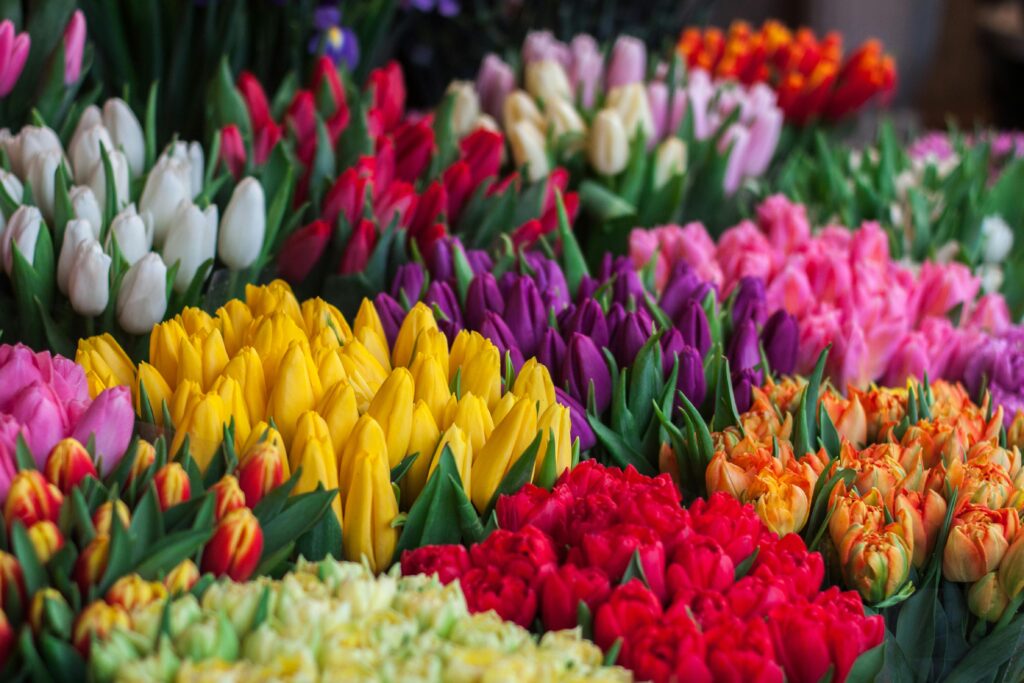
Interestingly, the tulip is not the national flower of the Netherlands, but that of Hungary. A public vote last year placed the daisy as the Dutch unifying bloom.







